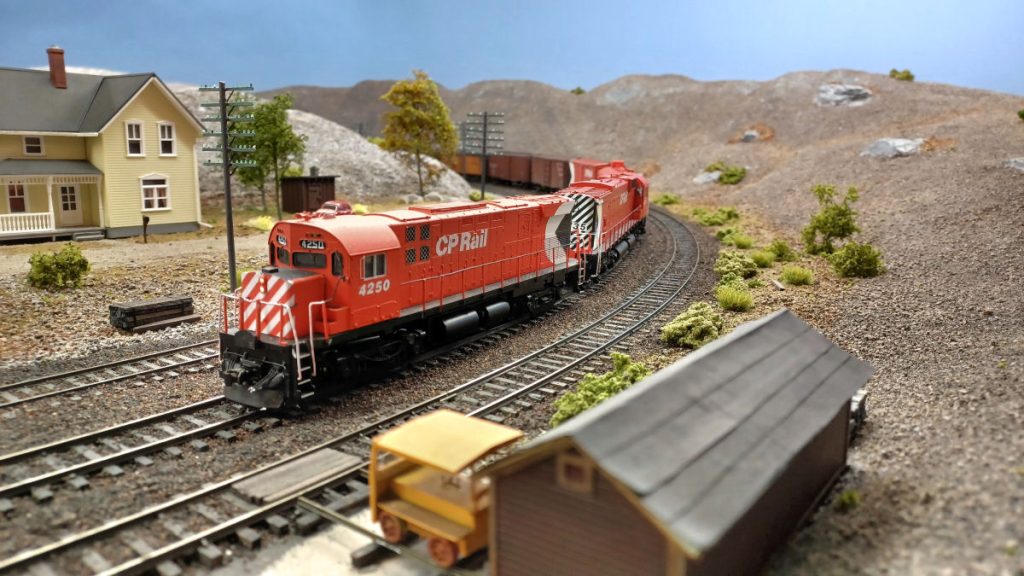CP Rail Symbol Trains Operating Instructions
Subject to marshalling requirements as published in C.S. 44, Time Tables or Superintendents Bulletins.
Effective April 28, 1974 (Daylight Savings time applies to October 27th)
Designated Purpose of Specified Symbol Trains Handling Transcontinental Traffic
System Marshalling Book
Effective April 28, 1974
Eastward Direction Trains
| *Train 902 | Coquitlam to Toronto |
| *Train 952 | Alyth to Saint John |
| Train 954 | Alyth to Toronto |
| Train 944 | Alyth to North Portal |
| Train 940 | Alyth to North Portal |
| Train 976 | South Edmonton to Winnipeg |
| Train 946 | Winnipeg to Toronto |
| Train 904 | Windsor to White River Jct. |
| Train 916 | Windsor to Montreal |
| Train 906 | Windsor to Toronto |
| Train 910 | Toronto to Montreal |
| Train 928 | Toronto to Montreal |
| Train 930 | Toronto to Montreal |
| Train 912 | Sault Ste. Marie to North Bay |
| Train 506 | Obico to Montreal |
* See General Instructions
Westward Direction Trains
| *Train 949 | Saint John to Alyth |
| *Train 951 | Montreal to Vancouver |
| *Train 901 | Toronto to Coquitlam |
| *Train 965 | Toronto to Coquitlam |
| *Train 921 | Toronto to Winnipeg |
| *Train 953 | Toronto to Winnipeg |
| Train 903 | St. Johnsbury to Windsor |
| Train 915 | Montreal to Toronto |
| Train 929 | Montreal to Toronto |
| Train 931 | Montreal to Toronto |
| Train 911 | Montreal to Sault Ste. Marie |
| Train 975 | Winnipeg to South Edmonton |
| Train 945 | Moose Jaw to Alyth |
| Train 947 | Winnipeg to Alyth |
| Train 905 | Montreal to Toronto |
| Train 505 | Montreal to Obico |
* See General Instructions


